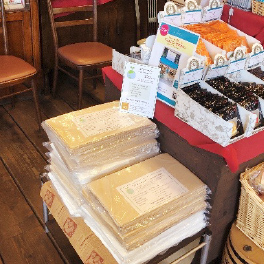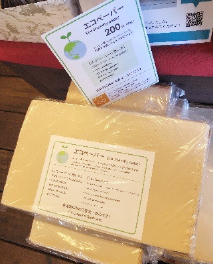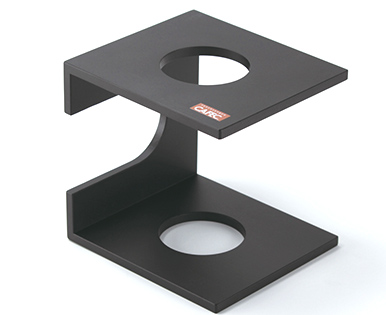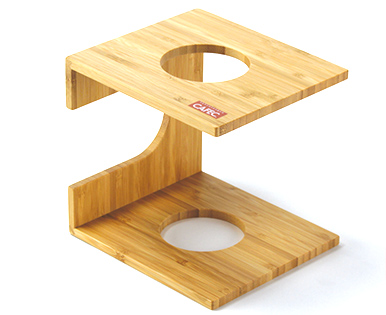
CAFEC's environmental initiatives
Eco-friendly paper filters
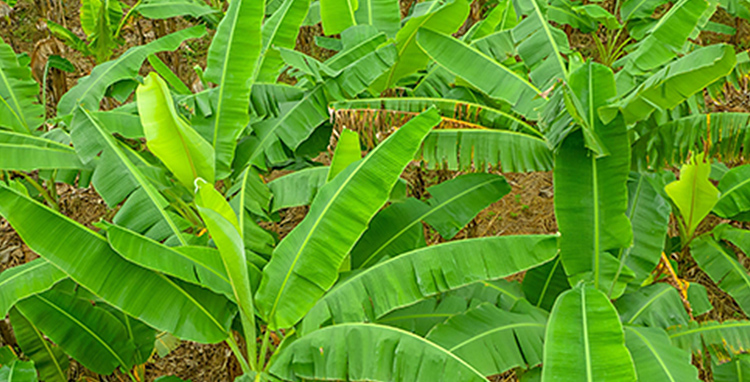
ABACA PAPER FILTER
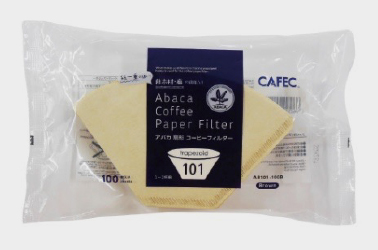
Abaca paper filters began with a desire to protect the environment.
CAFEC's first Abaca filter (trapezoid-shaped, brown) was released in the year 2000. At that time, air pollution and the impact of deforestation on global warming were becoming a worrying issue. This has been widely discussed in the coffee industry, which uses paper filters made from wood pulp, and there has been a growing movement to use non-wood pulp as alternatives.
As a company whose main business is the production of paper filters, we searched for an alternative material that could contribute to environmental conservation while also making delicious coffee, and finally, we came up with “Abaca”.
Now, it has become CAFEC's representative product that enjoys wide support from both domestic and international pour-over beginners to professionals.
What is Abaca?
Abaca is a plant native to the Philippines, also known as Manila hemp, belongs to the same family as bananas, the Basho family. It is a main commercial crop in Philippines, Ecuador and Costa Rica.
Abaca grows to an average height of 6 meters in about two years after being planted, and the fiber (Manila hemp) is extracted from its stems. Because it is a very vigorous plant, even after it is cut down, the stump will sprout and grow, making it possible to reliably harvest fiber every three to four months.
Abaca is a plant that is sustainable and has a low environmental impact.
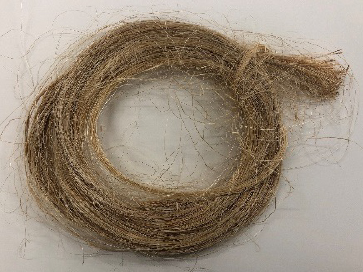
Uses of Abaca fiber
Abaca fiber has been used for ship’s ropes since ancient times because it is flexible, yet has excellent water resistance and toughness. Nowadays, it is mainly processed into pulp, which is widely used as a raw material for Japanese banknotes and for special papers such as tea bags and Japanese paper.
CAFEC discovered the potential of Abaca in the form of paper filters. This is the world's first attempt.
and SDGs
-
Contribute to creating a sustainable global environment
Abaca is excellent at absorbing carbon dioxide and does not generate harmful substances even when the fibers are burned.
Furthermore, it is an environmentally friendly and sustainable plant that is biodegradable.


-
Supporting job creation and livelihoods of people in developing countries
The stable production and sale of Abaca filters contributes to job creation in local areas and sustainably support the lives of people engaged in the Abaca industry.



Initiatives for eco-friendly materials
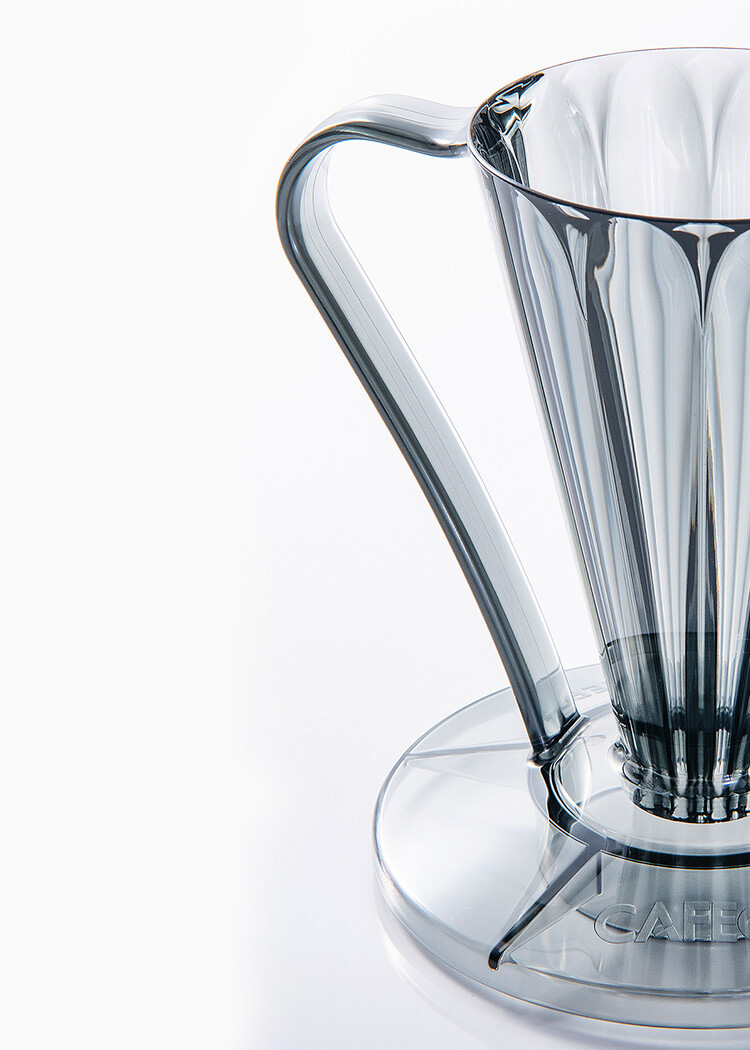
TRITAN

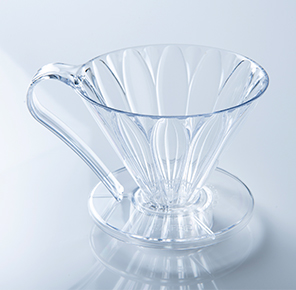
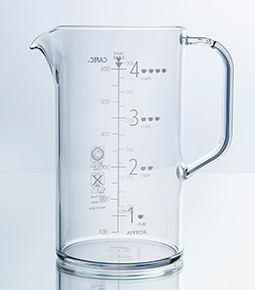
Why Tritan?
CAFEC is actively shifting the raw materials for its main products such as flower drippers and beaker servers from porcelain, glass, and plastic to Tritan.
As a brand that is committed to SDGs, this conclusion was made after considering the safety concerns for the human body and the impact on environmental issues caused by recent plastic products.
CAFEC, develops products with the desire to “let everyone enjoy delicious coffee at home," and as a global brand, we will continue to evolve day by day to deliver safety and security to our customers.
What is Tritan?
Tritan (Eastman Tritan™ copolyester) is a synthetic resin material developed by Eastman Corporation, a US specialty materials manufacturing company.
Its greatest feature is its high safety, as it does not contain BPA (bisphenol A), which is harmful to the human body. Its safety has been certified by regulatory agencies in each country, and it has also been made possible to export to the EU, which has strict plastic regulations.
Additionally, because it is more flexible than conventional resins, it is hard to break even if it is accidentally dropped, and has amazing durability and toughness. It's tough and long-lasting, so it won't create unnecessary waste.
Tritan is people- and environment-friendly and contributes to the SDGs.
It is truly an advanced plastic material that changes the image of conventional plastic!
Tritan is widely recognized for its safety, which is why it is used in situations such as these.
-
Medical supplies
Syringes, drip equipment, etc.
-
Infant supplies
Baby bottles, mugs, etc.
-
Household goods
Tableware, storage containers,
mixers, etc.
There's more to what Tritan can do
-
Transparency like glass
Tritan material is highly transparent, almost like glass. The luxurious luster makes your daily coffee time a little richer.
-
Heat resistance for easy care
Heat resistant temperature is 100℃. It is dishwasher-safe, making daily maintenance very easy. It's also microwave-safe, so you can heat up anytime.
-
Outdoor use
Tritan is not only highly durable, but also lightweight. You can easily carry it anywhere, so you can enjoy a pour-over coffee in outdoor situations such as camping and mountain climbing as well.
and SDGs
Conventional plastic and glass items tend to break or crack with the slightest impact, resulting in them having to be thrown away as garbage. However, with Tritan, it is hard to break even if you accidentally drop it, and will not get damaged easily. So, it won’t end up in the trash often. You can use your favorite dripper or server for a long time. Thereby, contributes to "zero waste" by reducing the frequency of wastage. You can realize a sustainable coffee life that is both economically and environmentally friendly.




“Mottainai” concept initiatives
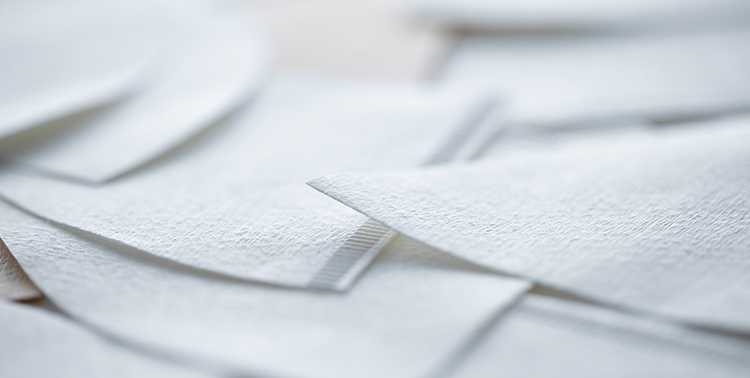
ECO PAPER
“Mottainai”
The eco-friendly paper is a product born from this “Mottainai” spirit of our CAFEC employees
We aim to use the maximum amount of base paper in our product to minimize paper waste. However, the remaining 3-6 meters of base paper, which is close to the paper tube, often becomes wrinkled or results in non-standard products due to the interaction with the machinery, making it impossible to mold into the proper filter shape. Though some of the leftover base paper in the manufacturing process has been reused internally as packaging or cushioning material, however, even with this reuse, the majority of it had to be disposed of as waste.
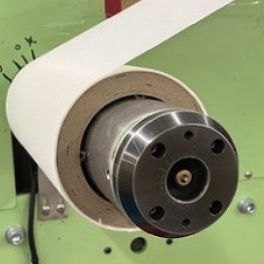
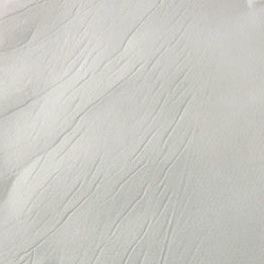
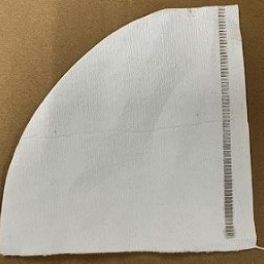
In response to this situation, the product "Eco Paper" was born from the idea of employees who thought "this is such a waste! is there any other way to utilize these leftover papers?"
The remaining base paper is cut into 30 cm widths and packaged in 500g bundles. It has been reborn as a product that can be used in households for tasks such as wiping vegetables, absorbing oil from fried foods, cleaning around the house, and wiping windows. This eco-friendly idea was implemented by employees in the manufacturing field who deal with "paper" every day.
It is now sold at YOUMECA stores,
and has been praised by customers for its usefulness!
SDGs
By reusing a portion of the base paper that would otherwise be discarded as "Eco Paper," we have successfully reduced waste by approximately 5-6.5 kg per day. Furthermore, incorporating the voices of employees who are committed to environmental conservation in this way also contributes to enhancing individual job satisfaction.




Regional contribution
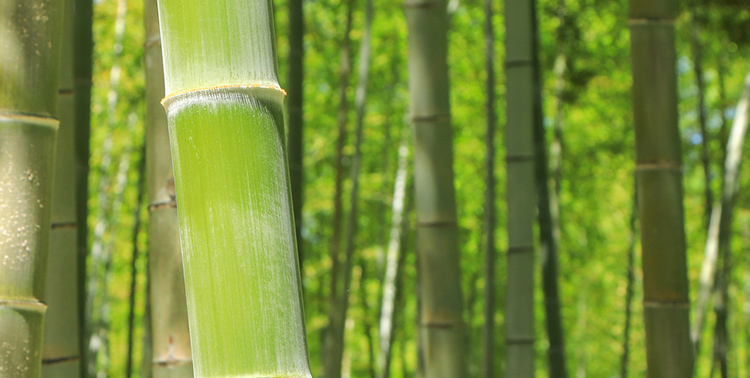
BAMBOO
POUR OVER HOLDER
Commitment to Bamboo crafts
The head office of CAFEC is in Beppu city, Oita. We love our city. Beppu is renowned for Bamboo crafts.
CAFEC always think about how we can contribute to handling over the bamboo crafts in the future. From the viewpoint of "Regional revitalization", we think it is important to spread works and products to outside of the area. When CAFEC thought to make a pour over holder, we had in mind to use "Bamboo" as the material.
CAFEC wants to introduce the Beppu Bamboo crafts all over the world by launching this pour over holder.
Why "Bamboo powder"?
In Japan Kyushu area (south part of Japan), many bamboo groves are left unattended, and it seriously affects the environment because it threatens the right to sunlight, may cause landslide disasters and/or ecological destruction. The growth of bamboo is very fast, and it enlarges the growing area by rhizome; its growth is disordered and cannot be controlled.
You may say "it can be solved if much volume of bamboo shall be used for bamboo crafts", but this cannot be of help. It is because the bamboo which can be used for bamboo crafts is the one with 3~5 ages as the suppleness is required for bamboo works. The bamboo which is left in the unattended bamboo grove is more than 5 ages so unfortunately, it can be used for nothing as it is.
In order to solve the problem of this unattended bamboo grove, one local company in Beppu succeeded to develop the "Bamboo Charcoal Powder" ; superfine particles having a diameter of 5 micron meter. They cut the unattended bamboo and made it to superfine particles' charcoal powder using their patented technology. They stick to "made in Kyushu, organic, no chemical fertilizer"; you can also eat this charcoal powder.
CAFEC wanted to be a help to solve this problem too, so decided to launch the bamboo pour over holder with the coating of this bamboo charcoal powder.
and SDGs
-
Regional contribution
CAFEC, starting from Beppu, spread all around Japan and around the world. As a brand rooted in Beppu, we contribute to the preservation of Beppu City's traditional craftsmanship. We want to introduce Beppu Bamboo crafts all over the world through the sale of bamboo pour over holder.



-
Environmentally Friendly
We use ‘unattended bamboo groves’, which have been a concern in the Kyushu region, to make bamboo charcoal powder for the coating, maximizing the use of bamboo that was previously considered a 'nuisance' to the region. This contributes to the protection of the ecosystem and the control of unattended bamboo groves.




